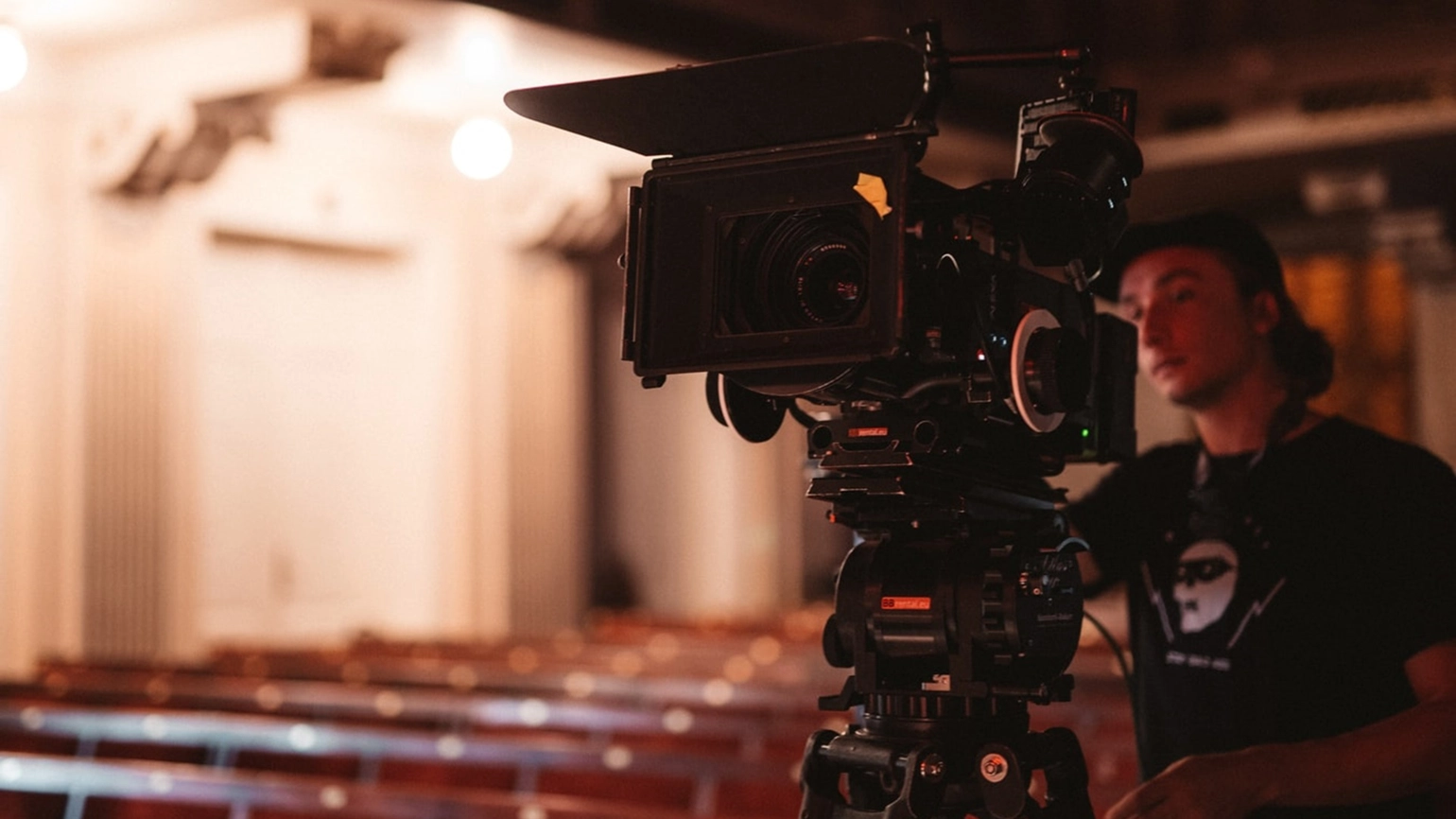
When it comes to communicating company performance, it’s hardly revolutionary to suggest that AGMs are king. For decades they’ve let shareholders see the whites of executives’ eyes as they gauge governance and transparency – not to mention understand company decision-making, strategy and culture - in the kind of direct but intricate way only the immediacy of this type of interaction allows.
The pandemic, of course, changed all that almost overnight. With the ‘traditional’ AGM out the window – for now, at least – there’s a very real prospect that these unique moments and opportunities could be lost.
Understandably the industry quickly started looking for alternative ways of breathing life into the tried and tested format. Equiniti, for example, has just released a report on the recent rise of virtual AGMs and the Financial Reporting Council has called for companies to better engage shareholders at these events. Elsewhere the Financial Reporting Lab has just issued a study on how companies are increasingly turning to film to engage with stakeholders.
Herein lies the problem. The pandemic fired the starter-pistol on a kind of technology ‘gold rush’ as investor relations teams scrambled to adapt their ways of working and adopt new technologies. Trouble is, technology has only ever been an enabler – content, and experience, is still king. So far companies trying to simply port the existing AGM experience directly to a film or a virtual event haven’t seen the benefits translate to audiences taking part on screen. Frankly, audiences – all of whom have experienced the full power of film both at home and in their professional lives - have come to expect far more.
This is where Kubrick comes in. The master storyteller believed ‘if it can be written or thought, it can be filmed’. If film is going to step in and fulfill the job done by the traditional AGM and generate an experience that helps companies find differentiation, reassure and persuade investors and build reputation, companies need to think about the form their content takes from scratch. IR teams need to not just embrace the tech, but keep a close eye on artistry, message and medium too. Adapt, or get left behind.
An objective and a concept
The films you create should be crafted around the overarching objective of both your AGM and broader communications needs. It may be that simple leadership interviews are the most appropriate method, but for most companies communicating more intangible concepts (for example culture) requires clear conceptual design and often a narrative. Your film team will need to marry excellent technical skills with strong editorial guidance and an understanding of your business’ foundations.
A content mix
Think about the AGM less as a one-off broadcast, event or piece and more as a package of content designed to give a more accessible, ‘personalised’ experience to your audiences. You might consider producing a combination of keynote speeches, Q&As, strategy films, data overviews, purpose films and case study shorts as either pre-recorded or ‘live’ broadcasts.
Be clear about your over-arching communications needs before you start work – this way you’ll be able to maximise the value of each piece of content you create. Content created for the AGM might be valuable for ongoing roadshows, for example, or segments from leader interviews could be used with your people or as part of bespoke analyst briefings.
Character meets content
Match your approach to both the content needed and the character of your leaders (and any risk-mitigation that might be required). Would an interview work best to draw out an authentic and credible performance, or is an autocue a must? Is there specific, set-in-stone language and data that needs to be communicated, or does more candid, personal commentary better fit the message? From here consider how additional elements such as captions, motion graphics or charts can bring relevant information to life for your audiences.
The AGM is changing but it’s still crucial your shareholders, analysts, employees and wider stakeholders can access the content and experiences that improve their understanding of - and confidence in - your business. We’d love to discuss creative ways to bring your next AGM to life virtually. With 35 years investor engagement experience and an industry-leading film team you can be sure we’ll film in a COVID-secure way, make remote recordings look (and sound) the part and underpin it all with the highest standards of data security and confidentiality. Get in touch.
